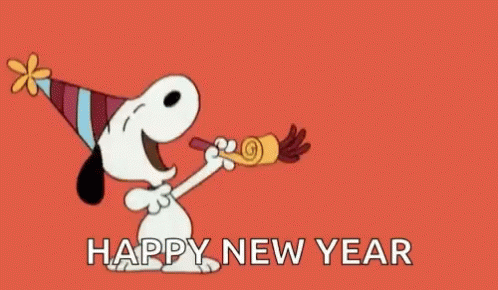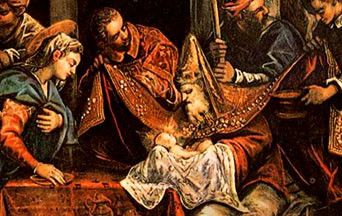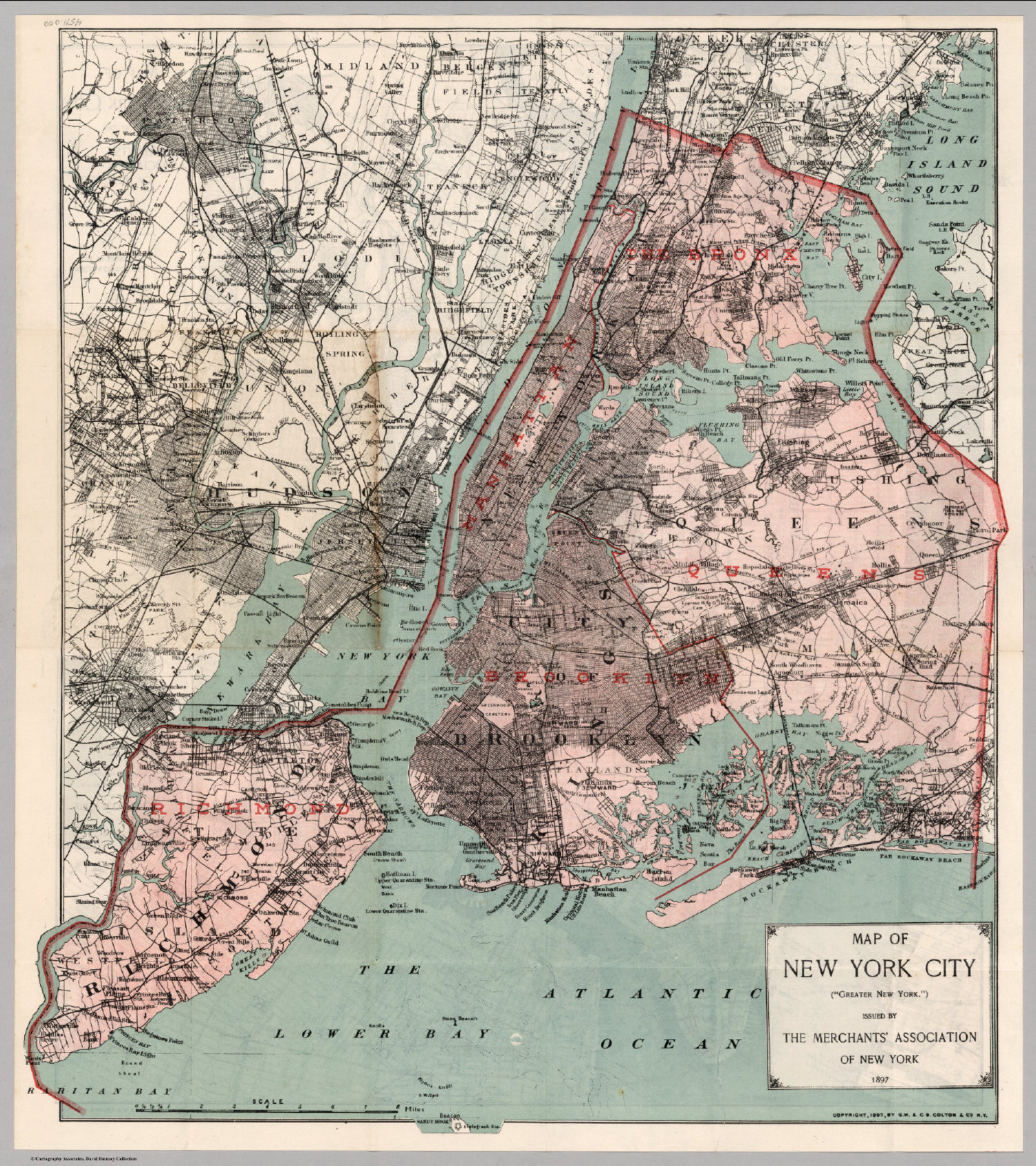memory in another.
Bunkies, it's the 14th year of my rambling and somewhat mildly amusing observations. If you're new to the blog - hopefully you'll find it a tad more interesting than a poke in the eye with a sharp stick. If you're a long time reader - hopefully you'll still stick around; as always, I'll keep trying to improve things around the blog this year.
Hopefully you didn't enjoy your New Year's Eve celebration too much (remember to drink plenty of fluids.)
I don't want to overtax your brain this morning so, here's some stuff, you may not know -
Today's gift count (120 gifts): you currently have Eight young woman engaged in the dairy industry, 14 Swans making a racket, 18 geese a' laying (fertilized goose eggs are going for about $82 per dozen), 20 golden rings, 20 calling birds, 18 French hens, 14 turtledoves and 8 partridges in their respective pear trees. The Eight maids a milking symbolize the eight beatitudes (from Jesus' Sermon on the Mount).
Remember to think kindly of women who work in the dairy industry - if it weren't for the unnatural interest Edward Jenner took in milk maids, we would never have the smallpox vaccine.
Today is The Feast of the Circumcision of Christ - a Christian celebration of the circumcision of Jesus, eight days (according to the Semitic and southern European calculation of intervals of days) after his birth,
the occasion was all well, on which the child was formally given his name, Jesus, a name derived from Hebrew meaning salvation or savior.
Tonight is the Seventh and last night of Kwanzaa.
Tonight celebrates Imani (Faith) - To believe with all of one's heart in one's people, one's parents, one's teachers, one's leaders and the righteousness and victory of one's struggle.
January 1, 1941 -
The first Chinese animated feature film, Princess Iron Fan, directed by Wan Guchan and Wan Laiming was released in China on this date.
It was directed in Shanghai under difficult conditions in the thick of World War II.
January 1, 1954 -
NBC made the first coast-to-coast NTSC color broadcast on this date when it telecast the Tournament of Roses Parade, with public demonstrations given across the United States on prototype color receivers.
The floats, with all colors supplied by flowers, contained humor, music and pretty girls. Parade riders included Roy Rogers, Dale Evans and William Boyd, as his "Hopalong Cassidy" character. The procession winds up at Pasadena's Rose Bowl stadium where the kick-off and part of the football game are also shown.
January 1, 1985 -
VH-1 (Video Hits One) premiered as an adult contemporary music video channel on this date.
The first video that they played was Marvin Gaye's Star Spangled Banner video.
January 1, 1993 -
Chen Kaige masterful adaptation of Lilian Lee's novel, Farewell My Concubine, starring Leslie Cheung, Zhang Fengyi, and Gong Li premieres in Hong Kong on this date.
Jackie Chan was originally offered the role of Duan Xiaolou due to his own childhood experience of training in the Peking Opera. But he turned it down, fearing that the film, which deals with themes of homosexuality, might tarnish his image.
January 1, 1995 -
The final syndicated Far Side cartoon appeared in newspapers 0n this date.
The popular one-panel comic, created by Gary Larson, ran for fourteen years. At the height of its popularity, it was published in 1,900 newspapers daily. Occasionally, Mr. Larson lets a new panel escape from his padded cell.
Before we kiss off this final Trumpian Annus Horribilis, check out the New York Times 2020 Year in Pictures.
And now, a word from our corporate headquarters
Today in History:
January 1, 1876 -
The Bass Red Triangle was the first logo to be trademarked in the United Kingdom under the UK's Trade Mark Registration Act 1875, which came into effect on this date.
Legend has it that a Bass employee queued overnight outside the registrar's office on New Year's Eve in order to be the first in line to register a trademark the next morning. The logo became so popular that James Joyce explicitly mentioned it in his novel Ulysses.
January 1, 1892 -
Ellis Island opened as a new immigration depot in the New York City harbor on this date.
17 million immigrants took their first steps towards freedom and opportunity at the Ellis Island processing center. Over 40 percent of the U.S. population — 100 million Americans — can trace their roots back to this doorway.
January 1, 1898 -
New York City annexes land from surrounding counties, creating the City of Greater New York.
The four initial boroughs, Manhattan, Brooklyn, Queens and The Bronx, are joined on January 25 by Staten Island to create the modern city of five boroughs.
January 1, 1901 -
(This is for all our friends in Australia) The Commonwealth of Australia came into being on this date.
Australia had existed as five separate British colonies before, but came into its modern form of government on this day.
January 1, 1985 -
Martin Cooper of Motorola publicly demonstrated the world's first handheld mobile phone in April, 1973. He made a call from a New York City street to a landline phone, which was answered by Joel Engel, the head of research at AT&T's Bell Labs.
The first British mobile phone call was made by Michael Harrison to his father Sir Ernest Harrison, chairman of Vodafone, on January 1, 1985. The first mobile phones are roughly the size of a briefcase, have a battery life of about twenty minutes, and cost £2,000.
If you didn't get your Farmer's Almanac this year or suffer from lycanthropy, here is your guide to the Full Moons of 2021:
January 28th -
The Full Wolf Moon. Amid the zero cold and deep snows of midwinter, the wolf packs howled hungrily outside Indian villages. In London, impeccably dressed werewolves are often seen on the prowl in search of a dish of beef chow mein.
It was also known as the Old Moon or the Moon After Yule. In some tribes this was the Full Snow Moon; most applied that name to the next Moon.
February 27th -
The second full moon of 2020 is known as The Full Snow Moon. Usually the heaviest snows fall in this month. Hunting becomes very difficult, and hence internet traffic increases threefold. To the settlers, it was also known as the Lenten Moon.
Some tribes also referred to this Moon as the Full Hunger Moon, since harsh weather conditions in their areas made hunting very difficult.
March 28th -
The Full Worm Moon. In this month the ground softens and the earthworm casts reappear, inviting the return of the robins. Just what you want to think about in the morning - worm crap. It moon known as The Full Sap Moon, marking the time of tapping maple trees, this is another variation of the Full Worm Moon. it was considered to be the last full Moon of winter.
The more northern tribes knew this Moon as the Full Crow Moon, when the cawing of crows signaled the end of winter; or the Full Crust Moon, because the snow cover becomes crusted from thawing by day and freezing at night. This year, the full moon of the month is also designated as the Paschal Full Moon or the Paschal Term. Traditionally, Easter is observed on the Sunday after the Paschal Full Moon. If the Paschal Moon occurs on a Sunday, Easter is the following Sunday. This was a long winded way of explaining that for Western Christianity, Easter occurs on April 4. (This year, for Eastern Christians, Easter occurs on May 2.) Be thankful that this is not on the test.
April 26th -
The Full Pink Moon. The grass pink or wild ground phlox is one of the earliest widespread flowers of the spring. Other names were the Full Pink Floyd Moon because remember - there is no dark side of the moon - it's all dark.
This is also a Supermoon. A Supermoon occurs when the Moon is full and particularly close to Earth in its elliptical orbit. The Supermoon will be visible over the course of April 26 and April 27, according to NASA.
“At its closest point, it is 226,000 miles from Earth and the [Super] Moon appears about 17 percent bigger and 30 percent brighter than the faintest Moon of the year,” according to NASA.
Hang tight folks, you'll be OK.
May 26th -
The Full Flower Moon. Flowers are abundant everywhere. Usually at your local Korean deli around the corner.
Other names include the Full Corn Planting Moon, or the Milk Moon (in a few months, the moon will be full of cheese.) This year’s Flower Moon will also feature a Total Lunar eclipse at 7:19 a.m. Eastern. The eclipse will last for 3 hours and 7 minutes total. The fully eclipsed portion should be visible (or invisible, to be precise) for 15 minutes. The eclipse will be visible from east Asia, Australia, the Pacific, and the Americas.
June 24th -
The Full Strawberry Moon. This name was universal to every Algonquin tribe. However, in Europe they called it the Rose Moon. Also because the relatively short season for harvesting strawberries comes each year during the month of June . . . so the full Moon that occurs during that month was christened for the strawberry!
Best seen in Central Park, across from the Dakota. (There will also be a Supermoon this month as well.)
July 23th -
The Full Buck Moon, when the new antlers of buck deer push out from their foreheads in coatings of velvety fur. Again another disgusting image - bone pushing through flesh - for your early morning.
It was also often called the Full Thunder Moon, for the reason that thunderstorms are most frequent during this time. Another name for this month's Moon was the Full Hay Moon.
August 22th -
The Full Sturgeon Moon, when this large fish of the Great Lakes and other major bodies of water like Lake Champlain is most readily caught. Sometimes, a sort of lunar madness occurs during this cycle, when people might chase the full moon with a little chopped egg and sour cream. Please direct these poor souls to Zabar's.
A few tribes knew it as the Full Red Moon because, as the Moon rises, it appears reddish through any sultry haze. It was also called the Green Corn Moon or Grain Moon.
September 20th -
The Full Harvest Moon, usually the full Moon occurring nearest to the Autumnal Equinox.
This is the time of year, aging Canadian Rock stars will sing full out with their once achingly beautiful harmonies.
October 20th -
The Full Hunter's Moon. With the leaves falling and the deer fattened, it is time to hunt.
Since the fields have been reaped, hunters can ride over the stubble, and can more easily see the fox, also other animals that have come out to glean and can be caught for a thanksgiving banquet after the harvest.
November 19th -
The Full Beaver Moon (OK stop snickering.) Time to set beaver traps before the swamps freeze to ensure a supply of warm winter furs. Another interpretation suggests that the name Beaver Full Moon comes from the fact that the beavers are now active in their preparation for winter.
It is sometimes also referred to as the Frosty Moon. (Really stop laughing.)
December 18th -
The Full Cold Moon (or the Full Long Nights Moon.) In this month the winter cold fastens its grip, and the nights are at their longest and darkest. Also sometimes called the Moon before Yule.
The term Long Night Moon is a doubly appropriate name because the midwinter night is indeed long, and because the Moon is above the horizon for a long time. The midwinter full Moon has a high trajectory across the sky because it is opposite a low Sun. Rudolph sometimes gets the night off because of the bright light.
And so it goes my friends.
19






No comments:
Post a Comment